With its unique technical advantages, the intelligent agricultural meteorological monitoring station has become a key force to promote the healthy development of the four agricultural conditions (moisture content, seedling situation, insect situation and disaster situation).
By integrating high-precision sensors and advanced data processing technology, WX-NQ14 intelligent agricultural meteorological monitoring station can monitor key meteorological elements such as temperature, humidity, light, wind speed, wind direction, precipitation in the farmland environment in real time, as well as soil moisture, soil temperature and other parameters closely related to crop growth. These data provide a scientific basis for monitoring the four conditions of agriculture, and help farmers accurately judge the growth of crops and take timely management measures to ensure the healthy growth of crops.
The technical principle of intelligent agro-meteorological monitoring station is mainly based on modern sensor technology and data processing technology. As the core component of the monitoring station, the sensor can measure various meteorological elements and soil parameters with high precision. The data processing technology is responsible for cleaning, verifying, analyzing and processing the data collected by the sensor, and finally generating meteorological information with practical application value.
The characteristics of intelligent agricultural meteorological monitoring stations are mainly reflected in the following aspects: first, real-time monitoring, which can monitor the meteorological elements and soil parameters in the farmland environment all weather and uninterrupted; The second is high-precision measurement, using high-precision sensors and data processing technology to ensure the accuracy and reliability of data; Three is easy to operate and maintain, the monitoring station is usually modular design, easy to install, easy to operate, and easy to maintain and upgrade.
Intelligent agrometeorological monitoring stations are widely used in various agricultural scenarios, including farmland, greenhouses, orchards, tea gardens, etc. In the field, the monitoring station can monitor the meteorological elements and soil parameters of the field in real time, and provide decision-making support for farmers in irrigation, fertilization, disease and pest control. In greenhouses and orchards, monitoring stations can monitor parameters such as temperature and humidity in the greenhouse to provide suitable environmental conditions for crop growth. In the tea garden, the monitoring station can monitor the meteorological elements and soil moisture content of the tea garden, and provide a scientific basis for the growth and picking of tea.

Article address:
http://www.joy619.cn/en/newcen/1440.html



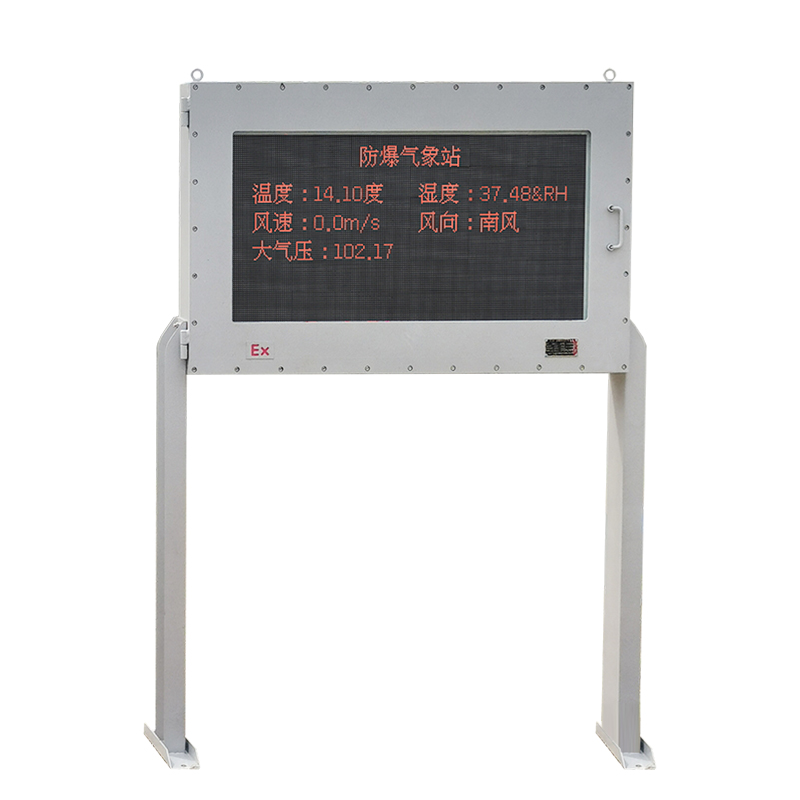
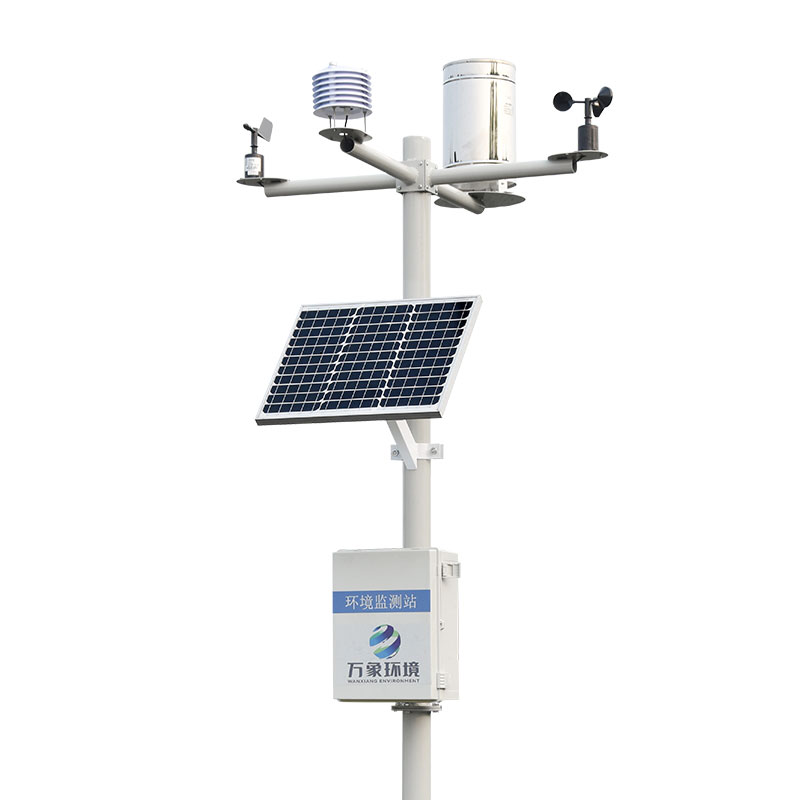
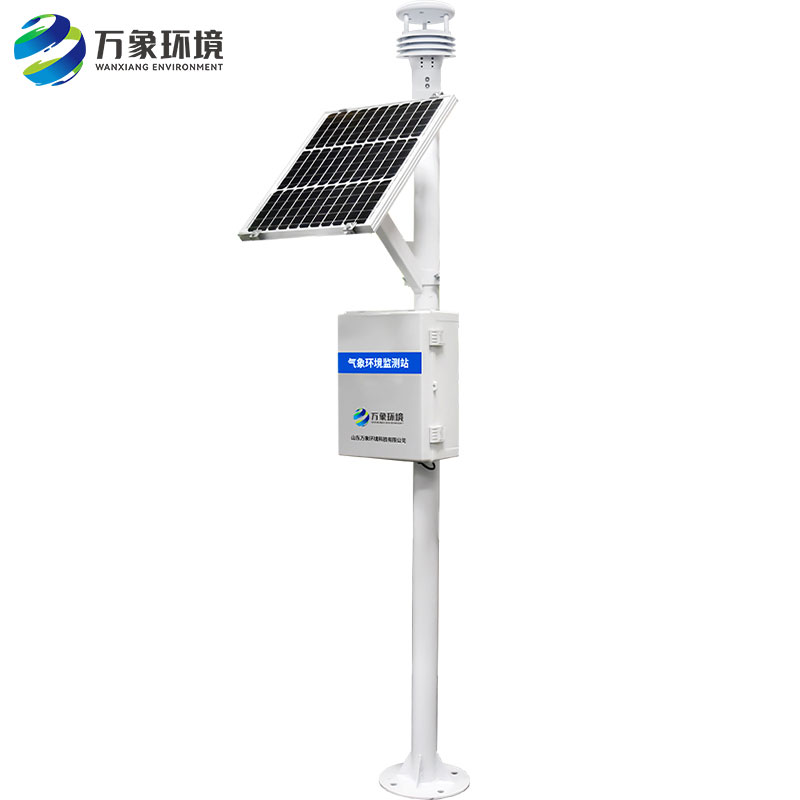
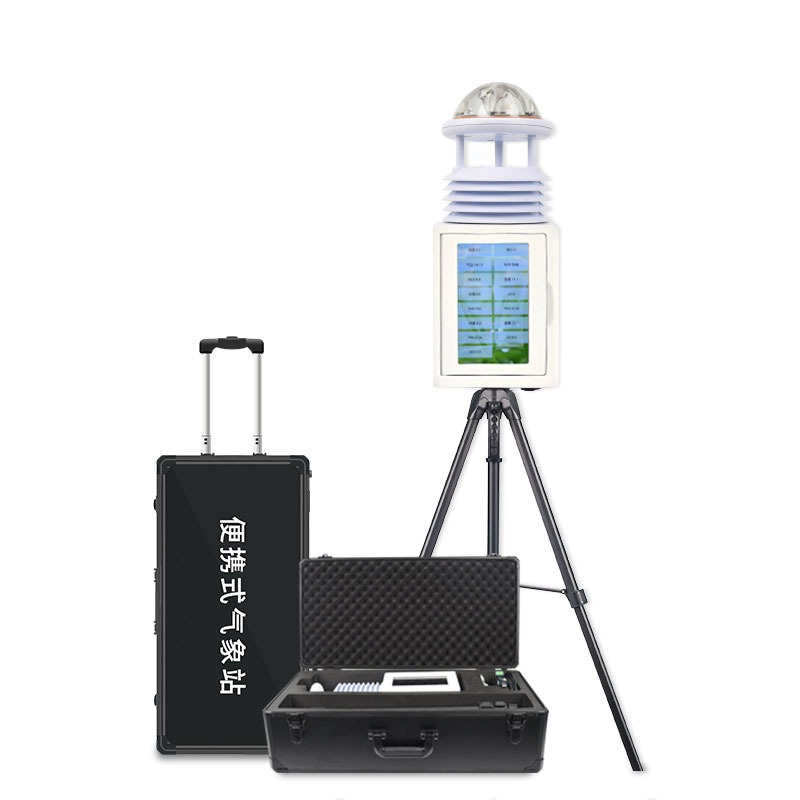
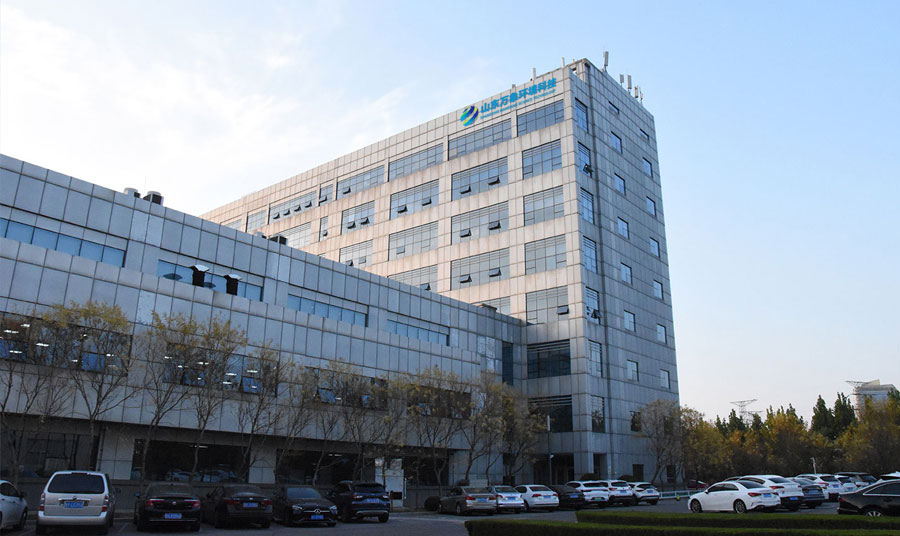





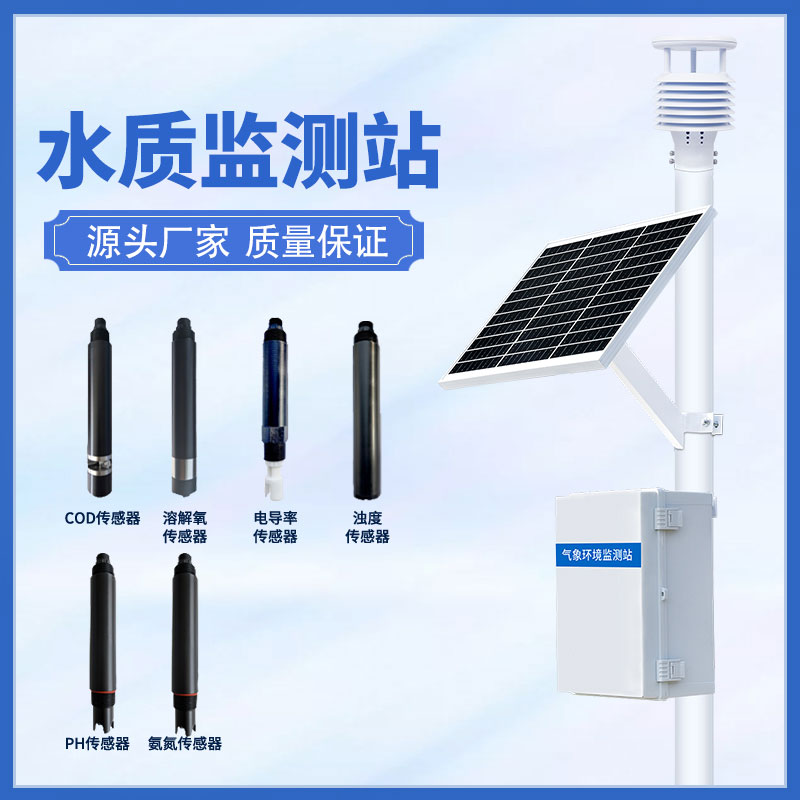
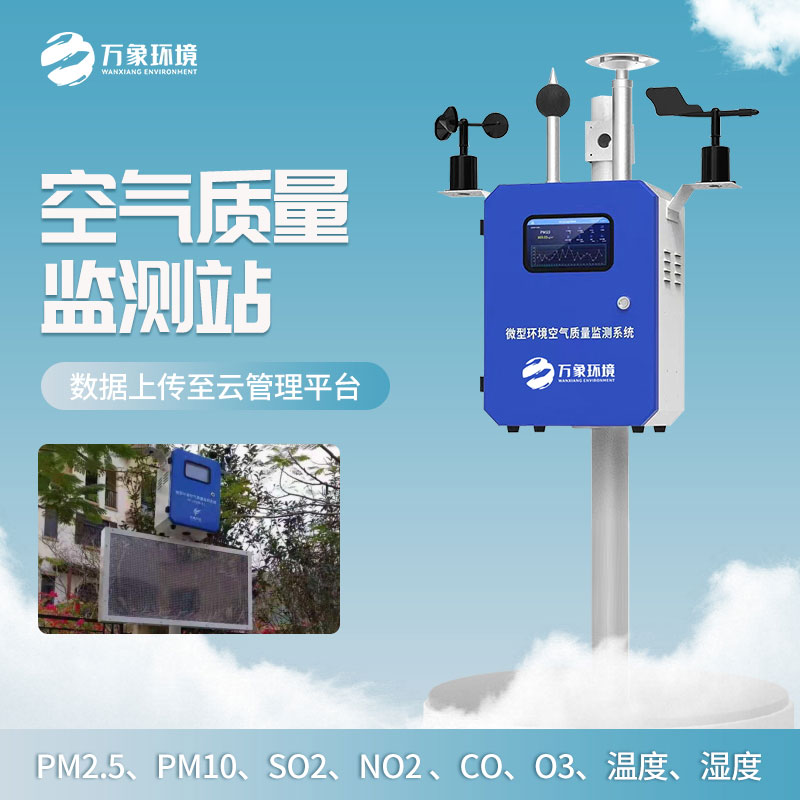
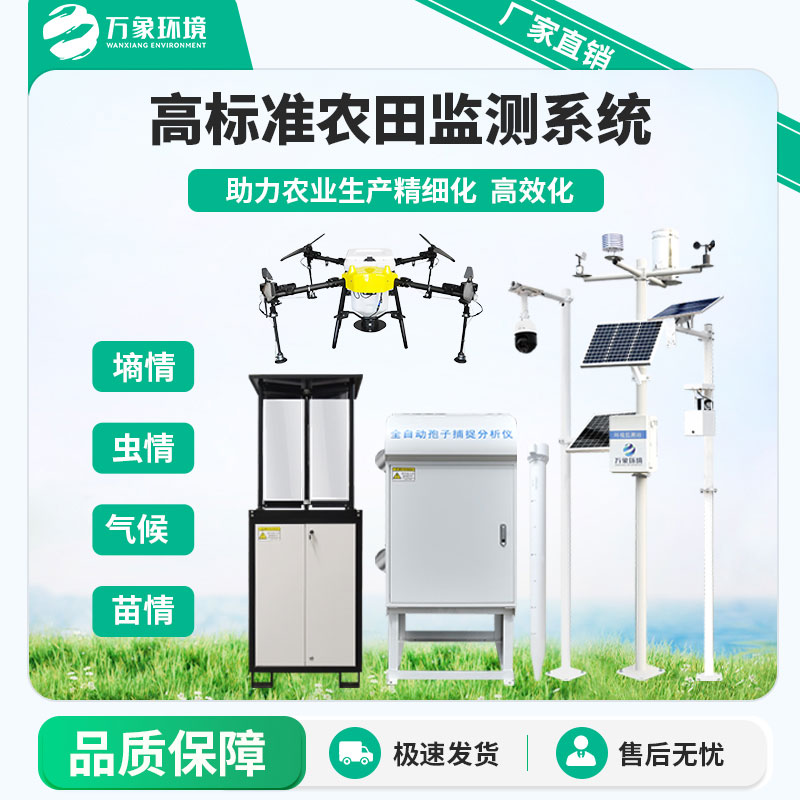


 Home
Home phone
phone Product Overview
Product Overview Contact Us
Contact Us